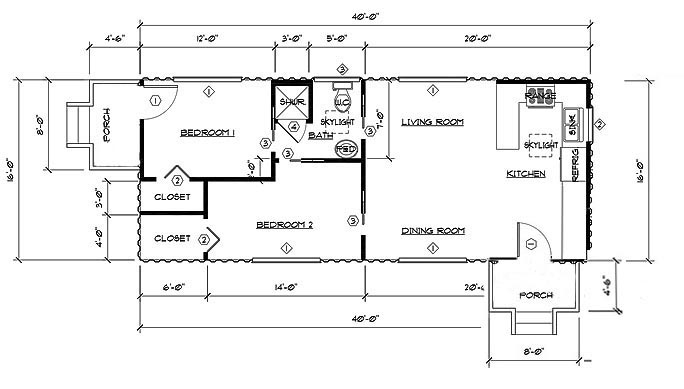
Adding to my list of sensors and scanners, if you recall the APOC Radiation Detector I reviewed some time ago, here's another one that I've had for a while and then came across it again recently.
I had backed this on Kickstarter, specifically because I wanted to add to my list of spectrums I could detect, surpassing the Gamma and x- rays, and the occasional Alpha particle. It was for a detector that would connect to an iPhone or similar product and an app to drive the detection process. The app and Device go by the funny name Mr.Ghost, and takes a page from the PKE Meter from Ghostbusters although it's fundamentals are based on the material world rather than the preternatural. The creator goes to lengths to state the app is intended for entertainment purposes only and does not provide true ghost detecting functionality.
 EM radiation stands for "electromagnetic radiation" is a wave-like form of energy like microwaves, visible light, and x-rays. EMF stands for "electromagnetic field" and is the near field part of EM radiation. Any time you have electrons moving through wire (like in the power supply of your appliances), it generates an electromagnetic field. Mr.Ghost acts to detect this field and is specifically tuned to detect AC electricity.
EM radiation stands for "electromagnetic radiation" is a wave-like form of energy like microwaves, visible light, and x-rays. EMF stands for "electromagnetic field" and is the near field part of EM radiation. Any time you have electrons moving through wire (like in the power supply of your appliances), it generates an electromagnetic field. Mr.Ghost acts to detect this field and is specifically tuned to detect AC electricity.MrGhost is the companion app for the Mr.Ghost EMF detector that plugs into the headphone jack of your device. I've used it for both my iPad and iPhones, and never had any trouble. For those without the peripheral, the app will still work as an advanced sound level detector with your regular microphone so it is fun to use either way.
The readouts of the app show both the strength of the signal at the top, listed in RMS,
typical readings are 12-60 for fluorescent lights, 20-30 for wall-adaptors, 100-200 for dimmer switches, 200-400 for flatscreen TV's and 2000-4000 for old CRT tv's.
The second window shows either a spectral analysis of the emissions or its waveform, giving you an impression of the nature of the emissions. The spectral analysis starts at approximately 10hz on the left and moves up to 22,000hz on the right.
The third window gives a sliding record of signal strength over time, based on the RMS reading from the main window.
The control sliders at the bottom control sensitivity, and the one below that allows you to set an offset, to baseline the device you are scanning with the Mr.Ghost from. There are also "record" and "send memory" options to capture your particular observations be email.

There are in fact three "modes" to the MrGhost app: primary scanning, gyro-mode and glow-mode. These are accessed by swiping left or right from the main window.
In gyro mode, the main window gives a block of the same scaled-by-colour signal strength as with th primary mode, blue being lowest, through grey to yellow, orange and red to white. It also gauges strength by proximity. The app ties into the iPhone gyroscope to giv you a real time, directional signal. Adjust the sensitivity all the way left, and swing your phone back and forth in gyro mode and see the direction of high powered emitters. Very good if you're trying to pinpoint a obfuscated power source, like faulty wiring, a secreted transmitter or perhaps whatever spook keeps moving the remote control. .

Glow mode fills he entire screen with the signal detection colour of the gyro-mode, but without an extra data, just full screen colour. It glows brighter/hotter based on emission level, it also allows recording of your detected signals if you can film or time-lapse your detection to paint a light-picture of signal strength.

Glow mode fills he entire screen with the signal detection colour of the gyro-mode, but without an extra data, just full screen colour. It glows brighter/hotter based on emission level, it also allows recording of your detected signals if you can film or time-lapse your detection to paint a light-picture of signal strength.
One thing that Mr.Ghost will not detect is the mobile phone you use to drive it and capture the signals. It was designed such that the EMF coming from the iPhone is generally above the 22.05khz cutoff that the detector senses. This means you can use it without having to turn on airplane mode, and without contaminating your data capture. Mobile devices do cause a tiny amount of baseline signal which the offset feature can handle easily. It does not affect functioning.
Overall, his is a fun peripheral and well or together app. It is a bit tricky to get the settings right so you can capture meaningful data, and it's not a professional industrial espionage signal detector, but for what it is, it's totally worth getting and waving around to gauge what all the trappings of modern life are radiating at you.














